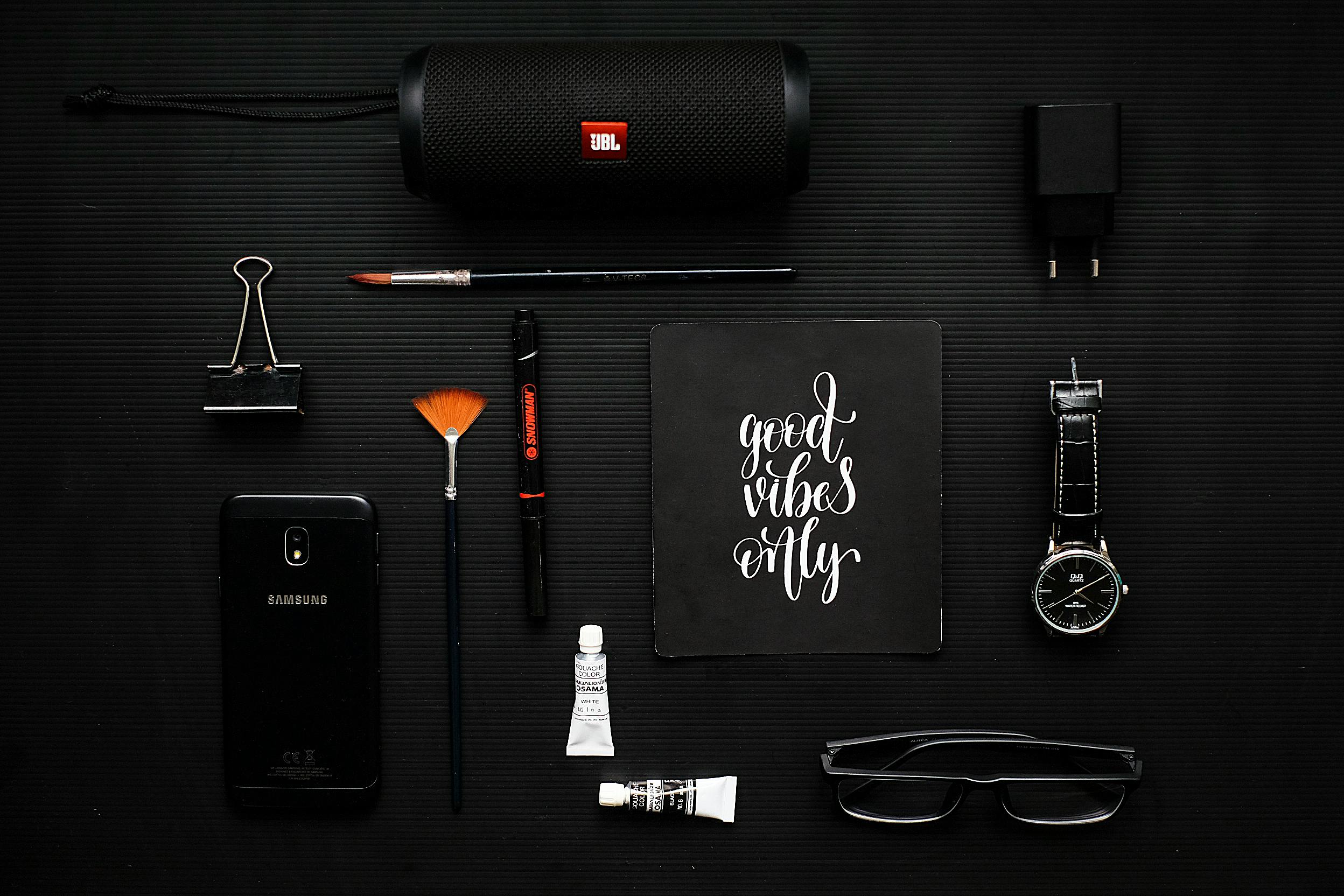
The other day I was searching the internet for something to write about that might be related to my business of turning PVC pipes into imitation bamboo and I found something very interesting.
One of the PVC pipe manufacturers carried out an interesting test, as part of their service and commitment to their customers. Apparently they, these and other producers, are always doing the odd test to evaluate and measure their PVC, both its specifications and the need for change. As needs and demands change over time, they are addressed by first testing the variables that the consumer demands.
One of these tests concerns sunlight. Long-term exposure to UV rays generally degrades anything and everything. It’s nature’s way of bringing life back, maybe we should call it ‘natural recycling’ and obviously even our Imitation Bamboo will eventually need to be recycled.
Not long ago a 2-year test was conducted to find out the effects of sunlight on the PVC pipe, which we use as the base for our imitation bamboo. Harmful UV rays and their effect were quantified and recorded.
The PVC pipes were stacked outside on racks, fully exposed to the sun and rotated periodically so the entire pipe was open to the elements. They salvaged a few pipes from time to time and tested their integrity, strength, and whatever else they deemed necessary.
At first glance, I thought what they found was amazing. There didn’t seem to be any real damage done. The pipelines could still carry their cargo, deliver liquids, usually under pressure. After 2 years there was no degradation, loss of physical attributes, or visible ruin.
PVC pipe could still withstand the pressure it was designed for. In effect, that means no leaks. In addition, the sun did not eat the surface too much. The next test, over 15 years old, showed that the ultraviolet rays scratched just 0.002 inches of the surface. I thought it was fantastic, minimal corrosion if you ask me, exactly what I wanted to hear.
Of course, when the time comes, recycling our Imitation Bamboo will be a very important step to save our planet. Hopefully, plastic recyclers will be able to reuse and perhaps remake these pipes or turn them into irrigation tubes. Nothing should go to waste.
So how does this affect our Bamfaux (Imitation Bamboo)? Well, the paint that we do on the surface of the pipe, to color it and imitate the Bamboo, will obviously degrade or fade first. Because we also scratch the PVC to allow more penetration of our colors, this will give our synthetic bamboo a fraction more protection or strength.
Also, some paints are better suited outdoors than others. The paints we use are special blends, more resistant to UV rays than, say, the paint you use on the exterior of your house. I have not yet found a time factor to substantiate this fact, but I will tell you this. The paints we use have lasted 10 years and more in other applications so to be conservative we say our Bamfaux should last a period of 5 years or more. Also our Faux Bamboo has been in many areas, sunlight, shade, indoors and outdoors, I have seen our Faux Bamboos in various places and they look good.
I can’t guarantee that, of course. You know as well as I do that in some areas the sun is stronger than in others. In drier areas, such as desert and semi-desert, the sun appears closer to Earth, stronger. It removes any wetting properties that the combination of paint and PVC (which makes up our synthetic bamboo) might have had, while in other areas, cooler climates that see less sun and therefore fewer sunny days, this combination will last many , many times more. even outdoors in direct sunlight.
I know that authentic, real, living bamboo will not last as long as our faux bamboo, not in direct sunlight, not in moisture, and definitely not outdoors where it is subjected to rain and sun, as well as harsh weather conditions. , specifically UV rays from sunlight.